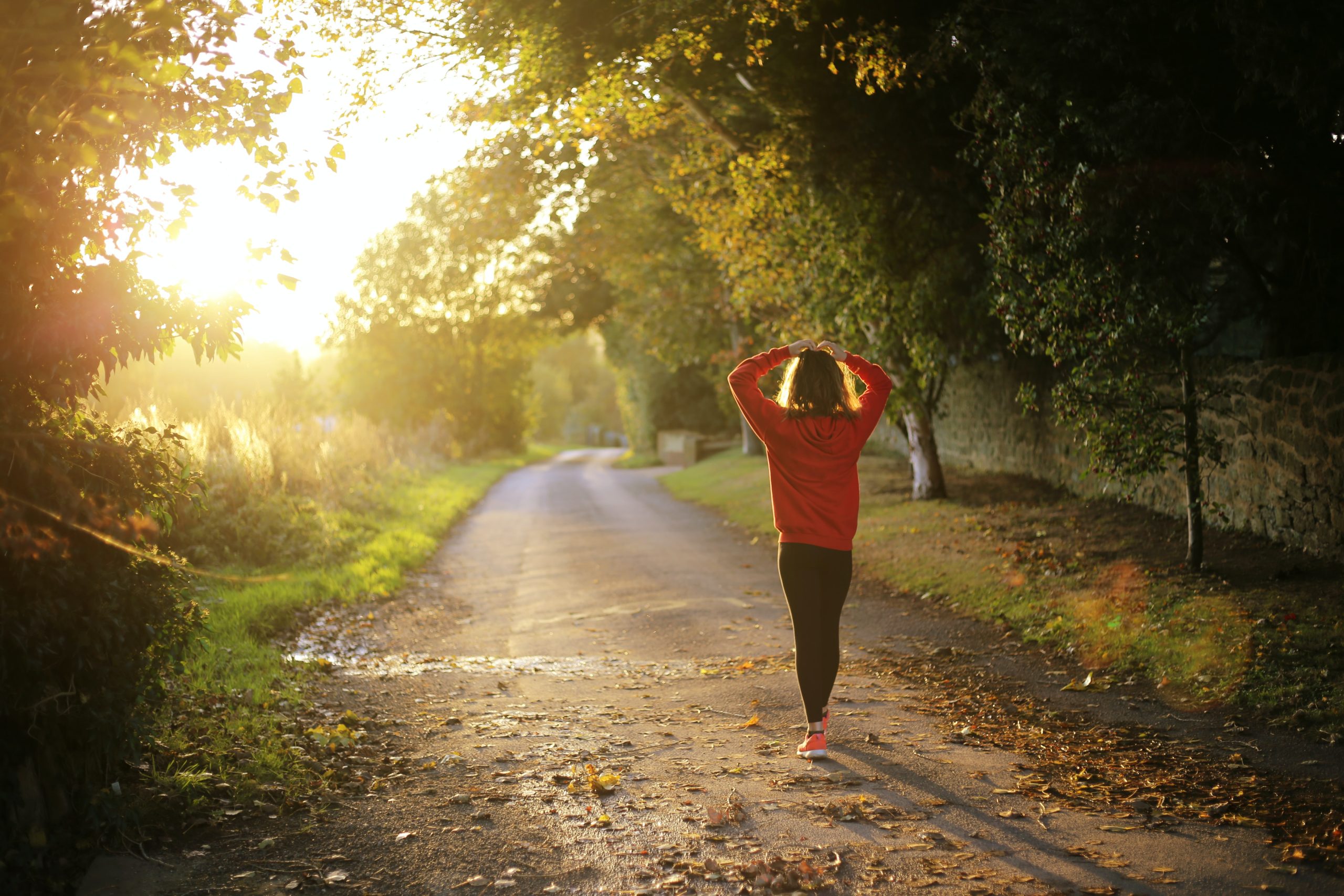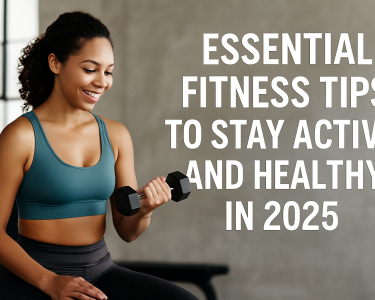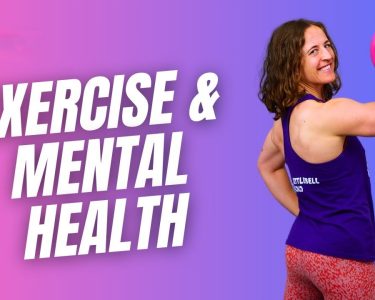If you’ve been looking for a way to get in shape, running is the perfect activity. It doesn’t require any special equipment and can be done virtually anywhere. But if you’re a complete beginner, it can be tough to know where to start. That’s why we’ve put together this guide – to give you the tools and resources that you need to set yourself up for success. We’ll walk through 6 steps that will get you started on your running journey. From proper form and technique to staying motivated and avoiding injury, read on for the ultimate beginner’s guide to running.
Why running is good for you
There are a lot of reasons to start running. It can help you lose weight, get fit, and reduce stress, among other things. But one of the best reasons to start running is that it’s good for your health.
Running is a great way to get your heart rate up and give your cardiovascular system a workout. It’s also been shown to reduce the risk of heart disease, stroke, and high blood pressure. And if that’s not enough, running can also help improve your mental health.
The different types of running
There are different types of running that can be beneficial for beginners. Some types of running include:
-Interval training: This type of running involves alternating between periods of high-intensity and low-intensity running. This can help to improve your overall cardiovascular fitness and endurance.
-Tempo runs: A tempo run is a type of continuous run that is performed at a slightly slower pace than your normal running pace. This can help to improve your stamina and endurance.
-Long slow distance (LSD) runs: An LSD run is a type of continuous run that is performed at a very slow pace. This can help to increase your aerobic capacity and endurance.
How to get started with running
- How to get started with running:
If you’re new to running, or if you’ve been away from it for a while, getting started can be daunting. But it doesn’t have to be! With a little bit of planning and effort, you can ease into running and make it a regular part of your life.
Here are some tips to get you started:
1) Set realistic goals. Don’t try to do too much too soon – start with a goal that is achievable and build up from there.
2) Get a good pair of shoes. This is important! Invest in a good pair of running shoes that fit well and provide support.
3) Find a route that works for you. If you live in an urban area, there are likely many different routes you can take. Find one that is safe and has scenery that motivates you. If you live in a more rural area, find a route that is challenging but not too hilly.
4) Start slow and build up gradually. Don’t try to do too much too soon – start with a pace that is comfortable for you and gradually increase your mileage as your fitness level improves.
5) Make sure to warm up and cool down properly. A proper warm-up will help prevent injuries and prepare your body for the workout ahead. Similarly, cooling down properly will help your body recover from the run and prevent soreness the next day.
Tips for beginners
- Start slow: If you’re just starting out, it’s important to go slowly at first. Try running for a minute or two, then walking for a minute or two. Repeat this cycle until you reach your desired distance.
- Find a comfortable pace: Once you’ve been running for awhile, you’ll start to find your own comfortable pace. This is the pace that you can sustain for long periods of time without getting too tired.
- Don’t forget to warm up: Before you start your run, be sure to do some light stretching or jogging in place to warm up your muscles. This will help prevent injuries.
- Cool down after your run: Just as it’s important to warm up before running, it’s also important to cool down afterwards. This helps your body recover and prevents cramping or other issues.
The best time of day to run
The best time of day to run is in the morning, before breakfast. This allows you to burn more fat and get your metabolism going for the day. It also means you can get your run in before the rest of your day gets busy.
Where to run
The first step to starting a running program is finding a place to run. If you live in a rural area, you may have to get creative, but most people have access to some form of pavement or trail. Where you run is not as important as getting started, but there are a few things to consider when choosing your spot.
First, think about safety. If you are running alone, it is important to choose a route that is well lit and free of traffic. If you are new to running, you may want to avoid hilly routes until you build up your endurance.
Second, consider the scenery. If you are going to be spending a lot of time on your chosen route, it might as well be somewhere that pleases the eye. This can help keep you motivated to stick with your program.
Finally, think about convenience. It is important to choose a route that is close to home or work so that you can easily fit it into your schedule.
These are just a few things to consider when choosing where to run. The most important thing is just getting out there and starting!




